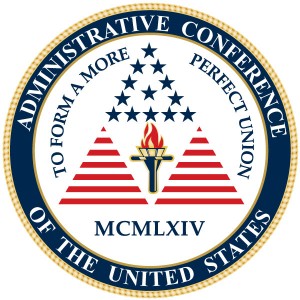Mariano-Florentino Cuéllar · October 2014
82 GEO. WASH. L. REV. 1343 (2014)
This Article takes up an issue with major implications for American administrative law, political development, and security studies: what happened to the American administrative state during and immediately after World War II, and what were the consequences of this period? As the Roosevelt Administration rushed to align domestic affairs with American geostrategic priorities at the outset of World War II, it confronted a host of now largely forgotten legal and organizational challenges. These ranged from a federal income tax base that encompassed less than ten percent of the labor force to unresolved legal questions about the scope of agencies’ power to issue subpoenas. For policymakers, organized interests, and the public, these challenges created uncertainty about the success of mobilization and the scale of the changes that the Administration would pursue. In response, the Administration and its legislative supporters made strategic choices to expand the administrative state without pursuing direct public control of industry. They created agencies such as the War Production Board, the Office of Price Administration, and the Office of Economic Stabilization. Within a few years, these organizations became part of a broader structure for legally sanctioned agency action that facilitated price regulation and consumer rationing, mass taxation on an unprecedented scale, and industrial mobilization and coordination.
By 1944, the American economy was producing forty percent of the world’s armaments, and by 1945, the United States was the wealthiest society in history. Americans had witnessed an evolutionary transformation of their administrative state—involving greater exposure among the public to powerful, adaptive federal agencies of nationwide scope; newly permissive legal doctrines legitimizing the delegation of legislative authority and routine compliance investigations; new arrangements for mass taxation; White House supervision of agency action; and further entrenchment of procedural constraints meant to shape agencies’ weighing of the consequences of official decisions. The resulting framework was defined by high-capacity regulatory agencies and contractual arrangements, but it was also subject to political, ideological, and legal constraints. It reflected an avoidance of radical changes in the American political economy in favor of a circumscribed vision of administrative action relative to private markets. With these features in place, the federal administrative state became a fixture of American life. How this process unfolded holds some important implications for understanding the relationship between law, politics, and organizations.

